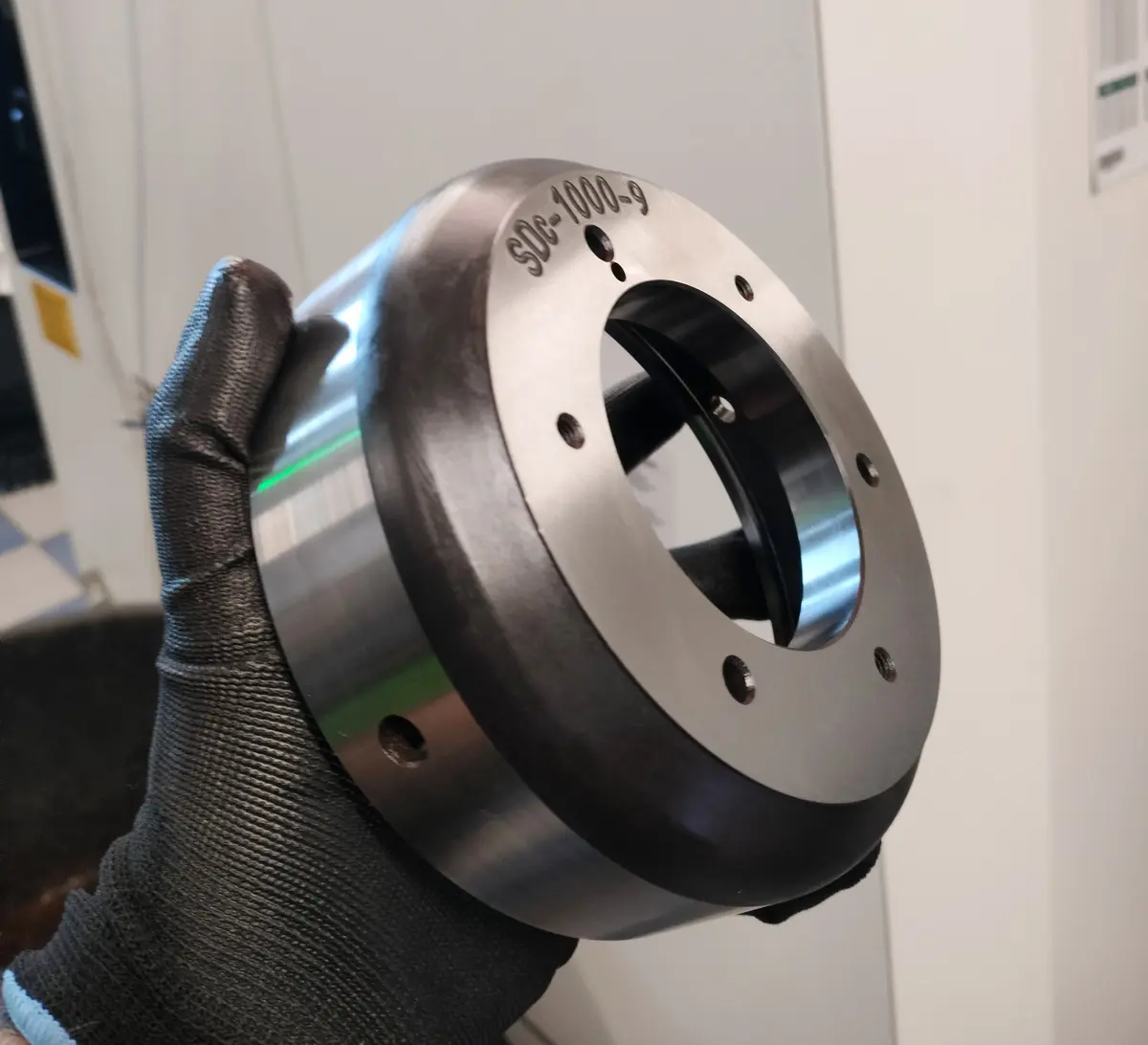Hardening
DWJ Narzędziownia CNC
You can watch us:
Hardening of metals in an electric furnace – comprehensive heat treatment
Did you know that hardening metals in an electric furnace is one of the most effective ways to increase the hardness, strength and wear resistance of metal components?
By precisely controlling the temperature and atmosphere in the electric furnace, the hardening process achieves exceptional mechanical properties in steel, cast iron and other alloys.
What is the hardening process in an electric furnace?
-
Heating: The metal component is placed in a furnace chamber and heated to an austenitisation temperature, i.e. the temperature at which the metal structure is transformed.
-
Holding: Once the correct temperature is reached, the component is held for a set period of time to ensure the structure is fully transformed.
-
Cooling: The component is then rapidly cooled in a suitable cooling medium (e.g. water, oil) to ‘freeze’ the new, harder structure.
Why choose electric furnace quenching?
- Precision: Precise control of temperature and process time.
- Uniformity: Ensures even heating of the entire component.
- Repeatability: High repeatability of process parameters.
- Environmentally friendly: Electric ovens are more environmentally friendly than gas ovens.
- Safety: Easy to operate and high level of safety.
Use of hardened components:
- Tooling industry: Manufacture of cutting tools, moulds, dies.
- Automotive: Manufacture of powertrain components, suspension.
- Medical industry: Manufacture of surgical instruments.
- Aerospace: Manufacturing of structural components.
DWJ







